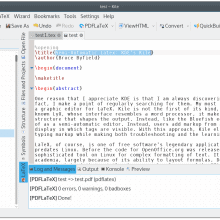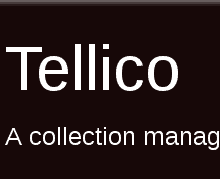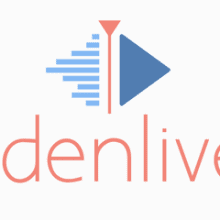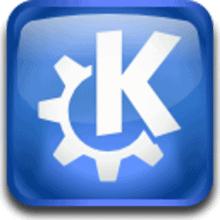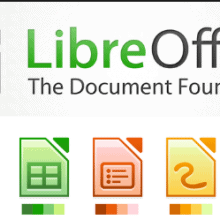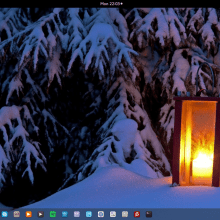Single-sourcing in LibreOffice
LibreOffice may seem like just another word processor, but looks can deceive. A case in point is the ability to single-source, using features that go under the deceptively simple description of Hide. Single-sourcing is the maintenance of multiple versions of a document within the same file. For example, you might three versions of a software…
Continue reading →
